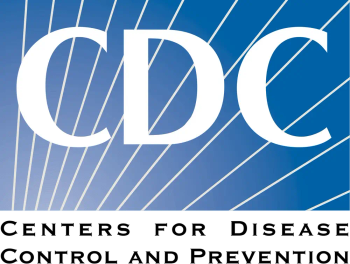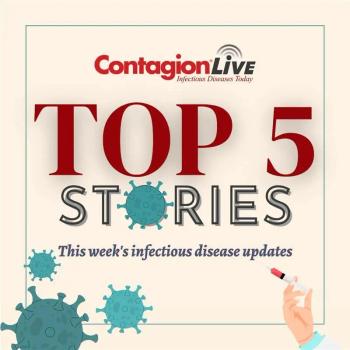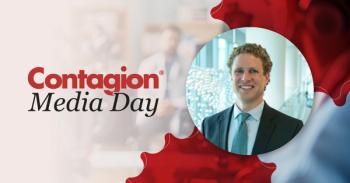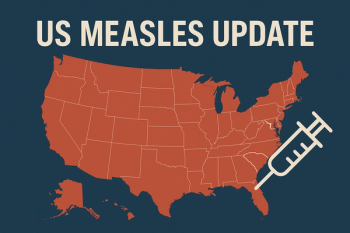
National HIV Testing Day Shows That There Are Many "Tests" Ahead for Those Involved in the Fight to End the Virus—Public Health Watch
Increased testing and education, as well as assistance in financing the cost of care, are clearly needed.
The Fourth of July may be the day we acknowledge the birth of the United States of America, in 1776, but June 27 is National HIV Testing Day.
Last week, in fact, marked the 24th observance of the event, created as part of a campaign by leading HIV/AIDS awareness and advocacy groups and the US Centers for Disease Control and Prevention (CDC), among others, to—obviously—encourage people (particularly those in certain high-risk demographics) to get tested for the virus. And while the news in 2018 is mostly good, there are still some troubling statistics, particularly given the stated aim of ending the epidemic by 2030.
For example, according to the
And, despite the existence of National HIV Testing Day, and screening campaigns by the CDC and advocacy groups, too few people are actually taking the all-important step, at least based on the findings of a
“Early diagnosis and effective treatment that suppresses HIV replication not only reduces individual morbidity and mortality but also reduces the risk for transmission to others,” the authors of the MMWR article note in their concluding remarks. “Delayed diagnosis limits the benefits of early treatment initiation to minimize immune system damage and prevent HIV transmission. HIV screening is a critical entry point to a range of HIV prevention and treatment options. For persons with ongoing risk for HIV infection, annual screening also offers the opportunity to discuss options to reduce risk, including HIV pre-exposure prophylaxis (PrEP).”
Assuming PrEP is accessible and affordable, that is. As reported by
Finally, the MMWR findings suggest that those deemed at “higher risk” for HIV aren’t taking their health seriously enough. The median estimated time since last HIV test among this group was 512 days, and nearly 40% of those at higher risk reported that they have
So, hold off on the fireworks just yet—at least when it comes to HIV testing in the United States. There’s still a lot of work to be done before next June.
Brian P. Dunleavy is a medical writer and editor based in New York. His work has appeared in numerous health care-related publications. He is the former editor of Infectious Disease Special Edition.
Newsletter
Stay ahead of emerging infectious disease threats with expert insights and breaking research. Subscribe now to get updates delivered straight to your inbox.

















































































































































































































































































